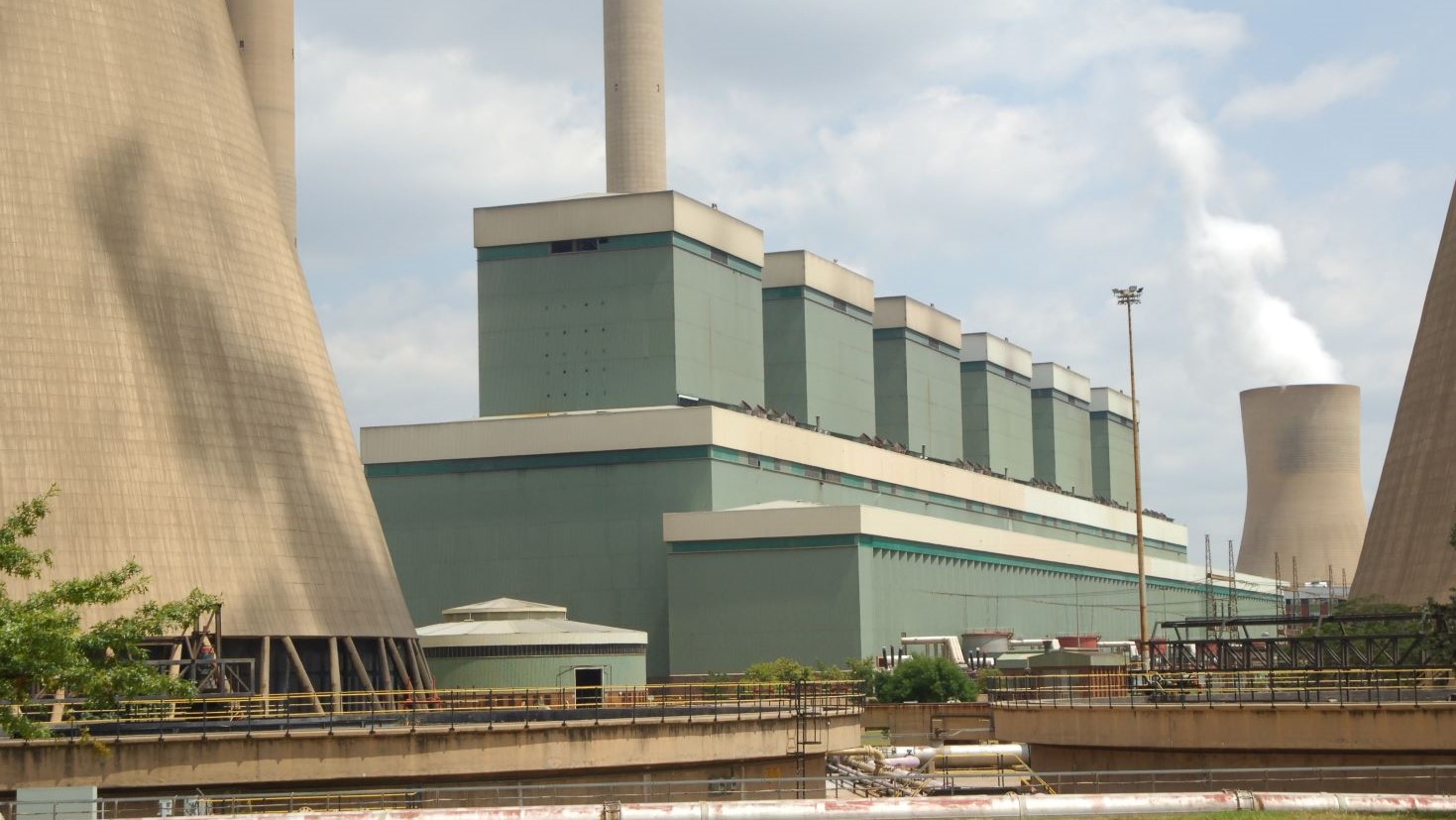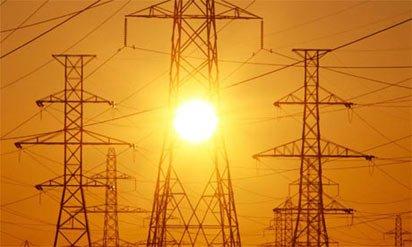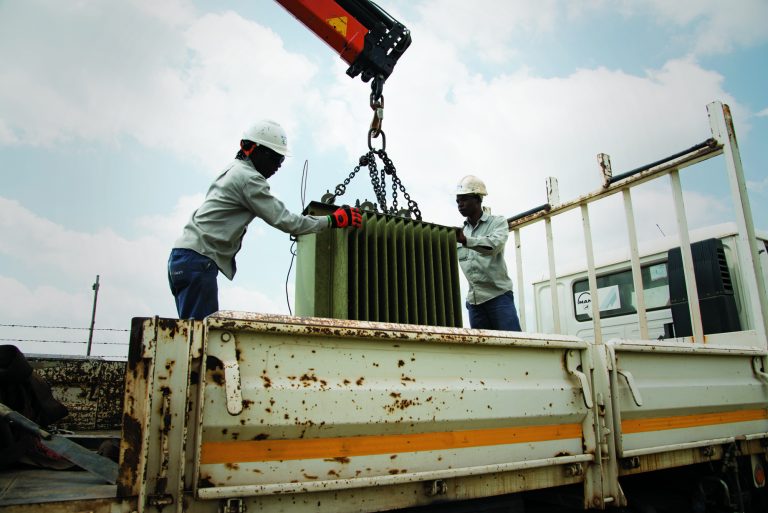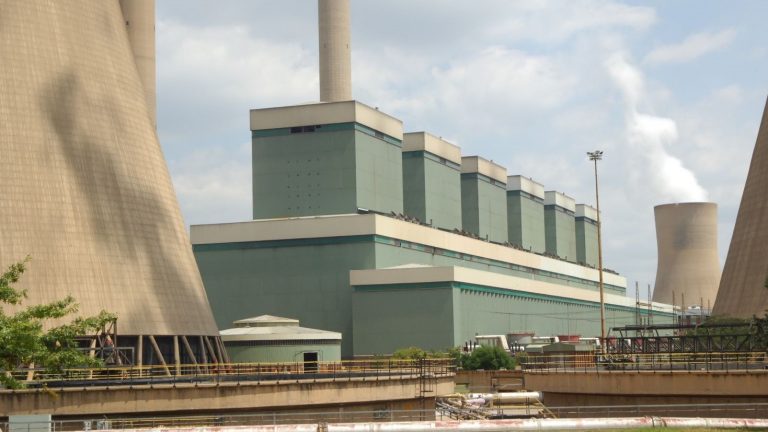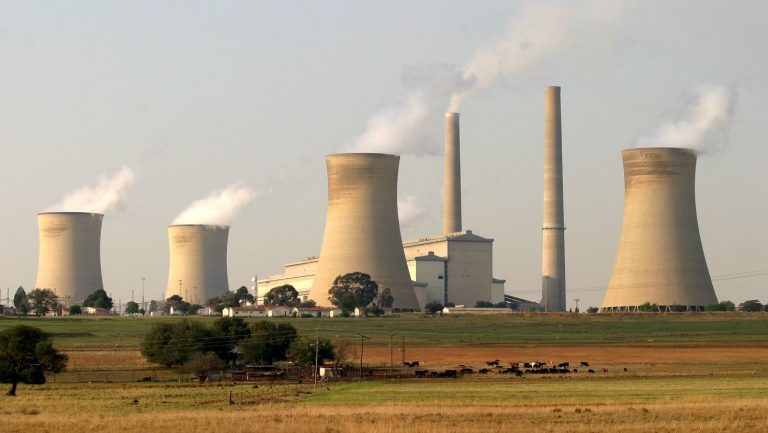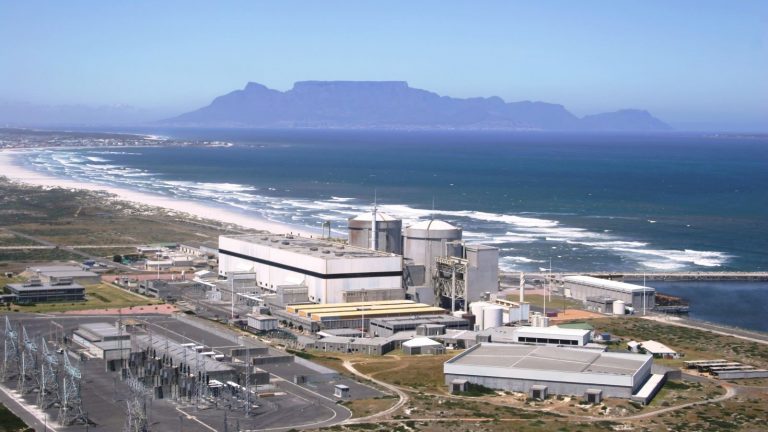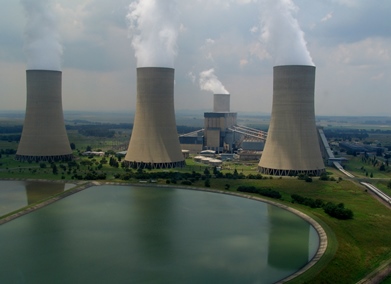Eskom’s Winter 2025 power system outlook: Loadshedding is expected to be avoided provided unplanned maintenance remains below 13GW.
Monday, 05 May 2025: Eskom has announced its latest power system update and Winter 2025 outlook, confirming that its power system is in a further improved and more reliable position than in recent years.
For Winter 2025, loadshedding is not expected if unplanned outages remain below 13GW. If outages increase to 15GW, loadshedding would be limited to a maximum of 21 days out of 153 days at Stage 2 — an improvement over the prior winter’s worst-case prediction of Stage 5 loadshedding.
This improved winter outlook is due to a 3.1GW decrease in unplanned outages compared to the previous year. As a result, the forecast range has been lowered to 13 – 15GW, down from 14 -17GW in Winter 2024. Last winter had no loadshedding, with average unplanned outages at 12.3GW — significantly below the Winter 2024 base-case projection of 14GW.
“This year’s Winter Outlook prediction is built on an improvement in operational performance and overall efficiency. Loadshedding was the lowest in Eskom’s last Financial Year (FY) 2025 than in the previous 2 years. In FY 2025 we delivered power 96% of the time, in the previous year the figure was just 9.9%. Our diesel open cycle gas turbines were utilised approximately 50% less in FY2025 compared to the two previous financial years, saving around R16 billion,” said Dan Marokane, Eskom Group Chief Executive.
“Against this progress, we have seen some setbacks in operational excellence, as evidenced by the recent loadshedding requirements between January to April 2025. A targeted plan has been put in place to reinforce operational discipline and accelerate recovery initiatives to address the root causes related to the recent loadshedding events,” continued Marokane.
Power System Recovery
The Winter Outlook is based upon a number of key performance indicators:
• Unplanned outages have decreased by 3.1GW year-on-year, enhancing available generation capacity. Between May 2023 (18GW) and April 2025 (13.5GW), there was a significant 4.5GW reduction, reflecting improved plant performance. The summer average of 12.5GW in unplanned outages — better than the forecasted base case of 13GW, despite some units being reclassified from planned to unplanned outages due to overruns in scheduled maintenance.
• Planned maintenance for FY25 reached 12.8%, up from 12% in the previous year, marking a 0.8% increase. Between September and March, maintenance activity averaged 14.50%, compared to 14.07% during the same period the previous year and 11.8% in FY23 — an increase of 2.7% compared to FY23. This forward-looking approach contributed to enhanced winter preparedness and ensures compliance with environmental and regulatory requirements.
• Plant availability improved to 61% in FY2024/25, up from 54.6% the previous year — an ~ 6.5% year-on-year improvement. Eskom projects a notable increase in the Energy Availability Factor (EAF) as it completes the outstanding actions in its recovery plan.
• Diesel consumption dropped by approximately 50%, resulting in cost savings of approximately R16.51 billion year-on-year — reflecting reduced reliance on emergency generation.
• Sales volumes grew by approximately 3.6% year-on-year, driven by improved generation capacity, higher exports and reduced reliance on diesel.
• Kusile Units 2 and 3 have been successfully reconnected to the main stacks and are now operating with the flue gas desulphurisation (FGD) system. Unit 1 is currently undergoing a scheduled outage and is expected to return to service in June, also connected to the main stack. This follows authorisation from the Department of Forestry, Fisheries and the Environment (DFFE), which had previously permitted the temporary operation of the three units without the FGD system — under strict environmental conditions — until 31 March 2025, following the 2022 structural failure of the west stack.
• A total of 3.470GW wind capacity was made available through curtailment in the Eastern and Western Cape.
• In line with our goal to modernise the power system, Eskom has installed 880 000 smart meters to date. Among other benefits, this technology supports effective demand control through load limiting and enables eligible customers to return surplus clean energy to the grid, helping to reduce strain on the system during peak times.
• Continued investment in building 2 500MW capacity and securing future energy supply through key milestones:
• Koeberg Unit 2 successfully returned more than 900MW to service in December 2024 following the completion of the Long-Term Operation project.
• Kusile Unit 6 was synchronised to the grid on 23 March 2025, contributing 800MW and is scheduled to be on commercial operation by September 2025.
• Medupi Unit 4 return online progressing well and anticipated to return 800MW to service by the end of May 2025.
“Eskom produced in FY2025 more energy than in the previous two years and we continue to make bold decisions with the future in mind — to build a stronger, more reliable power system for the country. We have continued to maintain high levels of planned maintenance as part of efforts to improve fleet reliability in preparation for the high winter demand, while also meeting environmental license conditions and regulatory requirements,” said Bheki Nxumalo, Eskom Group Executive for Generation.
“We have evolved our Generation Recovery Plan to ensure our data-led analysis into the delays in returning units from outages on time, which has caused our fleet to be constrained and not able to accommodate a sudden loss of units, receives intense management focus as we use our high challenge, high support culture to support our teams to rectify this situation,” continued Nxumalo.
Delivering a competitive and sustainable Eskom
Eskom is focusing on evolving its business to position it for the energy transition and increasing competition, while ensuring energy security.
Key initiatives include:
• Implementing around 5.90GW of clean energy projects by 2030
• Legally separating its Distribution and Generation divisions
• Enhancing Distribution and Generation products and service offerings
• Exploring strategic partnerships for funding and execution
Additionally, proactive interventions continue to be implemented to improve the governance and control environment to achieve a high-performance ethical culture.
Eskom extends its gratitude to the government and other key stakeholders, including the National Energy Crisis Committee (NECOM), for the notable improvements in the power system. Eskom also commends its employees for their diligent execution of the Generation Recovery Plan and their dedication to the turnaround of Eskom.
ENDS

